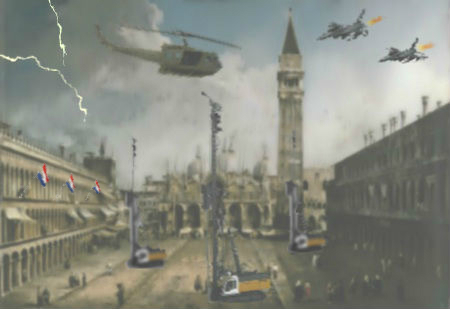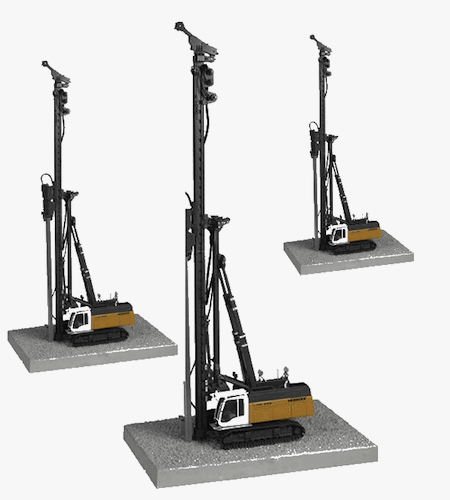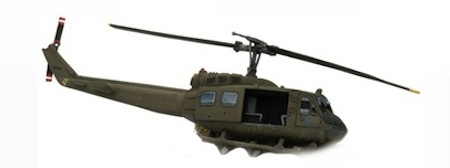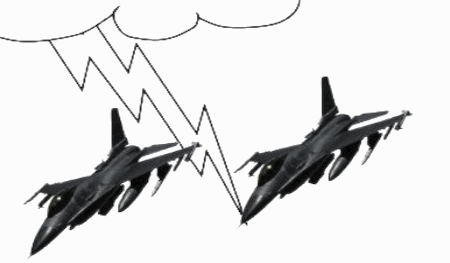A NATIONAL, MONUMENTAL & EPHEMERAL PUBLIC URBAN SPACE ARTWORK BY GEERT-JAN HOBIJN, HAROLD SCHELLINX AND KEVIN SCHUIT, FOR THE 55TH VENICE BIENNALE (JUNE-NOVEMBER 2013) ...
The Sound Barrier
july 10, 2012.
About a hundred years ago the Italian Futurists cried out for a total break with our artistic past, a breach that was outlined in a series of manifestos and explicated in a body of controversial (often indeed literally screaming) works of art. The futurists envisioned an art for a future that by then had begun to make itself heard and make itself seen, abundantly. An art for a future, a future that was now. A now in which artists would fully focus on the rendition of the universal dynamics that, in the wake of the industrial revolution and the ongoing mechanization of production and infrastructure in the Western world, had dramatically changed the sound, the image and the shape of our cities. A new & very modern art, modeled after a new & very modern world, full of speed, motion, force, violence and simultaneity.

Similar notions are, a little over a century later, in a very different world, at the heart of The Sound Barrier, a monumental Dutch artwork for the leading international biennial art event in Italy, the cradle of Futurism. For the first time in a century, not only our national, permanent, exposition space ( * ) in the Giardini (situated in the Castello area), but also the city of Venice itself, will serve as Dutch pavilion. A ‘curator’ for the next national contribution to the Venice Biennale is superfluous, as The Sound Barrier will be our country's only, unique and very powerful, entry.
The Sound Barrier is a gift to our today's world, the world as we know it, a world that, like Venice itself, is quickly sinking into the increasingly unreliable and swampy grounds on which it has been built.
We have come to lack a proper sense of 'future' ( ** ). Our image of ‘future' has become utterly short-term and fragmented, like the noise on the screen of an analog television set, of which the antenna has been disconnected: we still witness speed, motion, unrest, force, violence and simultaneity, but all form and direction are missing.
Entropy finds itself at a sheer maximum.
The only way is down...
This calls for drastic measures.
It is why at the heart of The Sound Barrier there are three pile drivers, as a tripartite and very Dutch symbol for a world that would be well advised to stick its head out of the murky waters, by once again beginning to build, and no longer abort.

On the Piazza San Marco, the very heart of Venice, the three pile drivers will perform a score of complicated rhythmic patterns, that, with sophisticated coordination, leave nothing to chance.
As a symbol of continuity and a musical pedal, the complex rhythms of the pile drivers are accompanied by the deep roaring bass of a two-bladed Dutch army helicopter which, after an elegantly choreographed entrance, will come circle above the pile driving machines for the duration of each performance (which is to last about forty minutes).

As a symbol of the simultaneous and coordinated vigor that ultimately will overcome any physical limit whatsoever, two Dutch F-16 fighter jets are deployed, which, at a specific climactic point in the composition, go break the sound barrier, right above St. Mark's Square.

In previous times of economic crisis, of lack of perspective and social hardship, artists worldwide, also in the Netherlands, conclusively showed that a 'do-it-yourself' attitude can move mountains. The Sound Barrier limits this attitude not to a social and artistic substrate, but takes it to a broad national level.
Although the objective material costs necessary for its realization, make The Sound Barrier among the most expensive artworks ever produced, national solidarity, cooperation and committent assure that the real costs will be negligible. ( *** )
The Dutch construction industry, that in recent years repeatedly came into disrepute ( **** ), will seize this unique opportunity to polish its tattered image by sponsoring the necessary equipment and manpower.
The Dutch armed forces dispose of far more than the relatively moderate flying force that is required. As with several other national events and celebrations, the helicopter and F16 fighter jets will, modulo some administrative formalities at a ministerial level, be made available for the realization of this very special and important Dutch artistic presentation in an international context, at no additional costs.
The pilots, flight controllers and pile driver controllers will, at rehearsals and performances, be the performing artists. Indeed. As we know since many decades, anyone can be an artist.
Through its unique combination of left and right wing hobbies, The Sound Barrier will lay a solid basis for a renewed and profound sense of National Unity in the Netherlands.
The Sound Barrier is both a challenge and an opprtunity, for every single one of us.
To underline these efforts and their special interest, the national premiere of The Sound Barrier will take place in the spring of 2013, on the Museumplein in Amsterdam, right next to the then reopened Stedelijk Museum of Modern and Contemporary Art.
From that moment in time onwards, the future can no longer be but crystal clear.
...
Signed, HSS
Amsterdam, June 23rd 2012
...
notes __ ::
(*) The first Dutch national exhibition space in Venice was a building taken over (in 1914) from Sweden, designed by Ferdinand Boberg. In the early 1950's Gerrit Rietveld designed a new Dutch pavilion. The Boberg building was demolished and replaced by the Rietveld pavilion, which came to serve as home for the Dutch entries to the Venice Biennales since 1954. [
^ ]
(**) "Futures have to be thought before they can be built or sold [.]" (Sascha Pohflepp, in Lagrangian Futures) [
^ ]
(***) It is in this sense especially, that The Sound Barrier refers to Arseny Avraamov's megalithic Symphony of Factory Sirens, composed for the fifth anniversary of the Russian October Revolution in 1922. [ ^ ]
(****) Cf. the so-called Bouwfraude (construction industry fraud) scandal, that broke in 2001 when a senior manager with building firm Koop Tjuchem exposed the company’s system of double book-keeping. It came to light that Dutch construction companies had secretly agreed to overcharge their customers on a large scale, and to share the extra profits. This overcharging led up from thousands up to hundreds of thousands euros per project. The ensuing investigation into corruption and fraud spread to hundreds of companies and a good number of government officials. [ ^ ]
tags: Venice Biennale 2013, Sound Barrier, the Netherlands
# .425.
comments for The Sound Barrier ::
|
Comments are disabled |